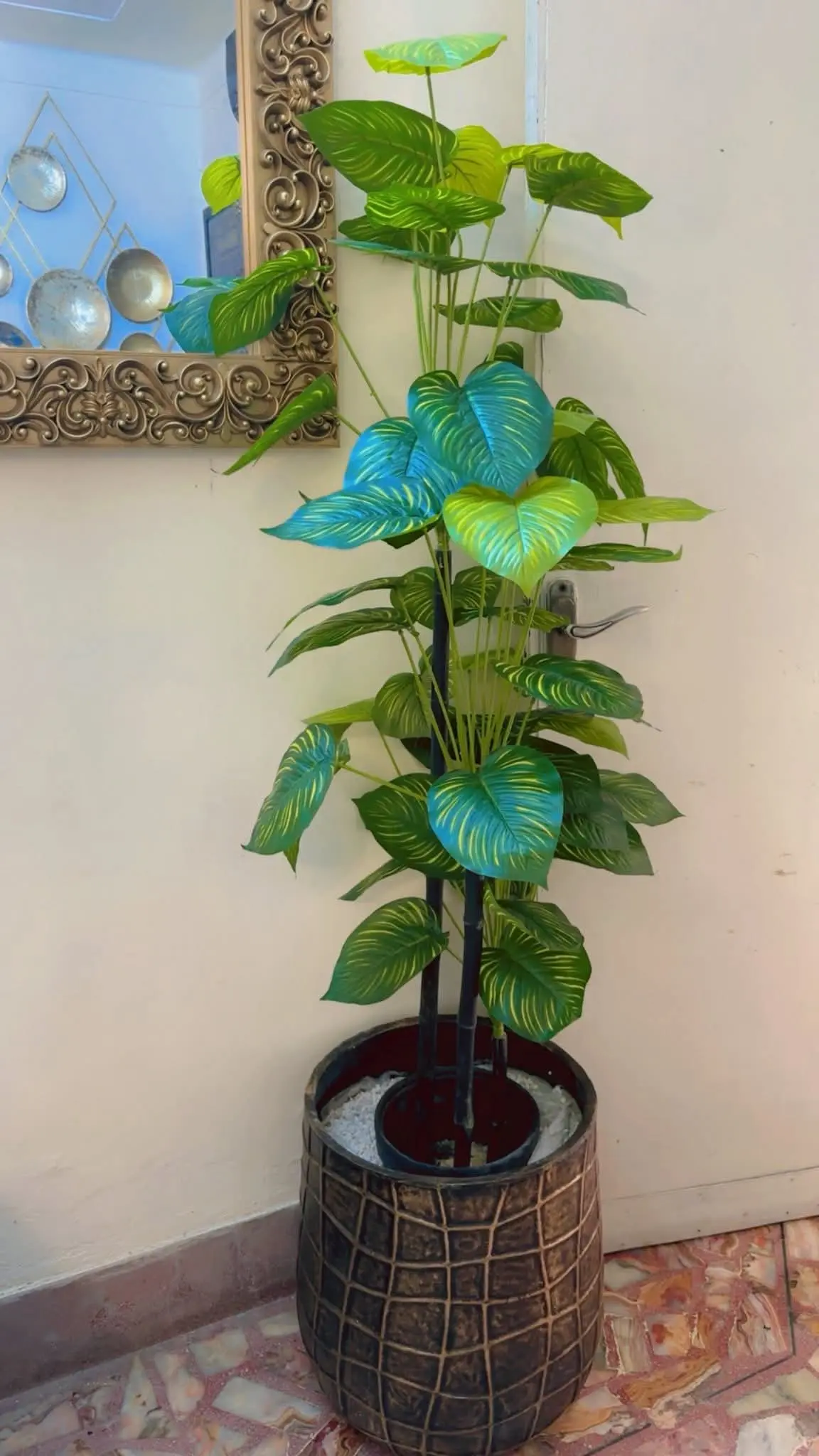
- Help Line +01 112 352 566
- Log In
- Registration
I am looking for



A Journey Of Love
In a world full of endless choices, finding the right life partner should feel personal, genuine, and filled with hope. Gflashy matrimonial website is designed to help you discover someone who truly understands you—based on values, goals, and shared traditions. It’s not just a profile—it’s a path to your happily ever after.
Our Signature Profiles
Because Every Love Story Deserves a Beautiful Beginning
If you would like to contact us regarding matchmaking,
please reach out at Whatsapp
+61468353536 or +923010443333
Essence of Gflashy match book
We go beyond algorithms—every profile is carefully reviewed to help you meet genuine, like-minded individuals who are also serious about marriage.


We don’t just plan weddings, we craft unforgettable moments.



Happy stories
Alicia & Martis
The old saying goes that love is an adventure. And it's true! Falling in love is one of the most exciting and thrilling things you can do but Gflashy can help you better.


David & Roses
Love knows no boundaries, and neither do we. Gflashy platform brings together individuals ready for commitment, respect, and a future full of happiness.


Marry & James
Discover meaningful connections built on shared values and dreams. Whether you're searching for love, companionship, or a lifelong partner, Team of Gflashy is here to guide you every step of the way.


Stop planning and start
matching now
We believe marriage is a journey of trust, love, and shared values. Start yours with someone who truly understands you.
Our Latest Blog
Here you can find the One Your Heart Has Been Waiting For

Find your forever with gflashy match making site
where every match is made with heart.












